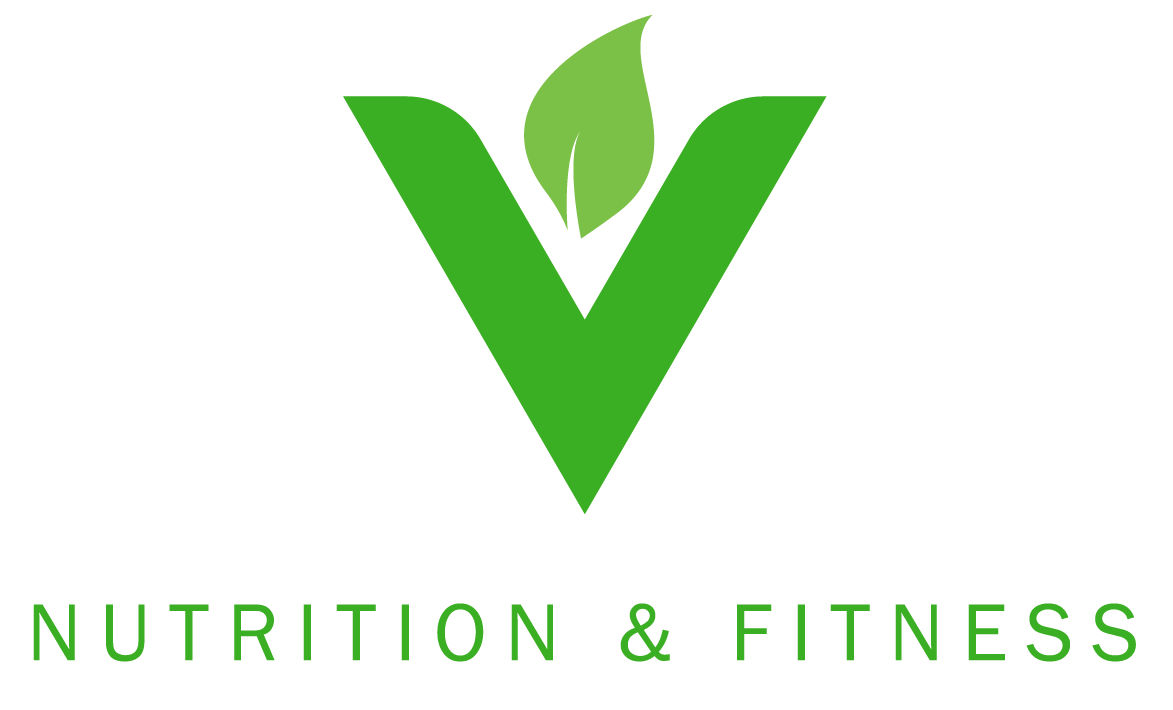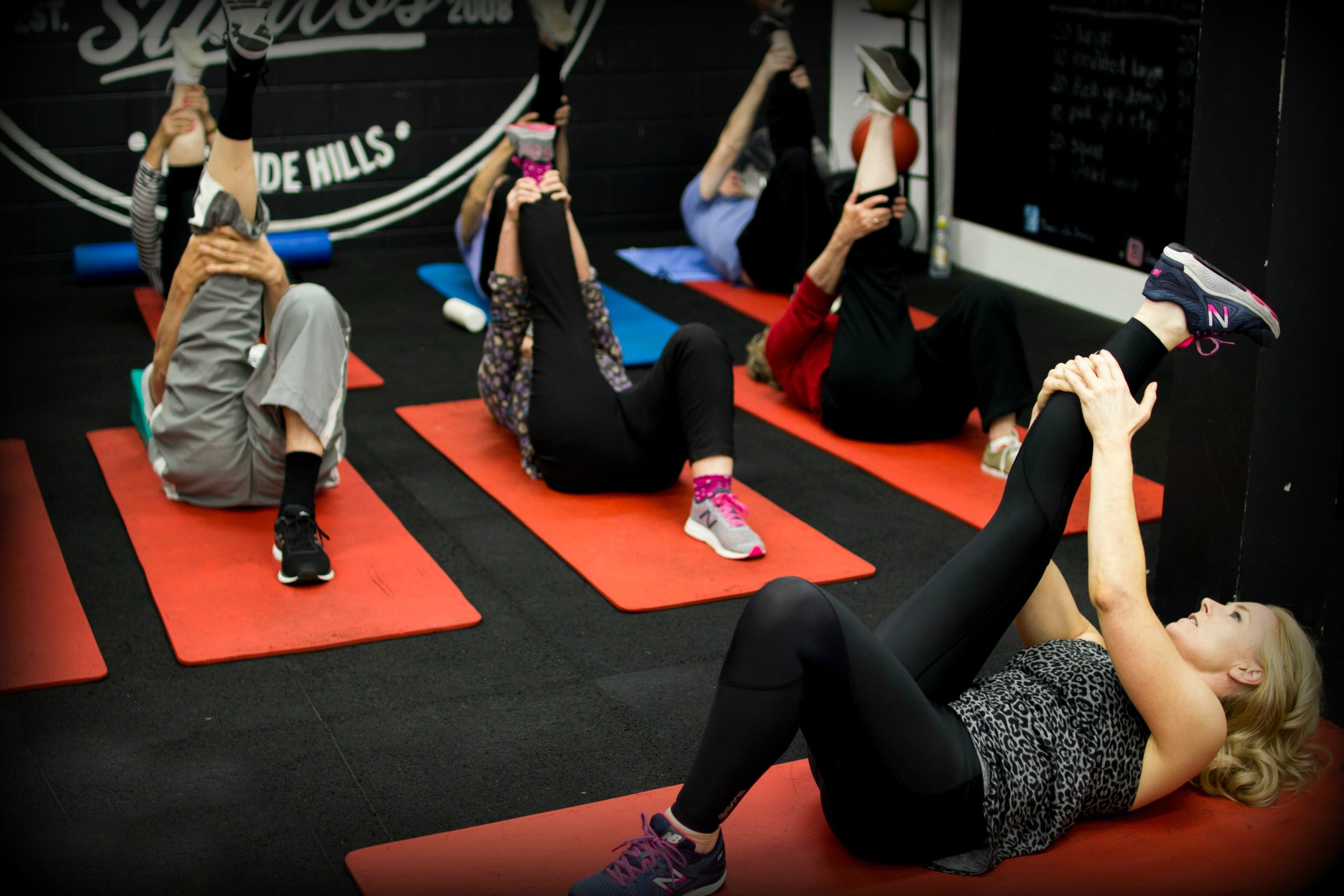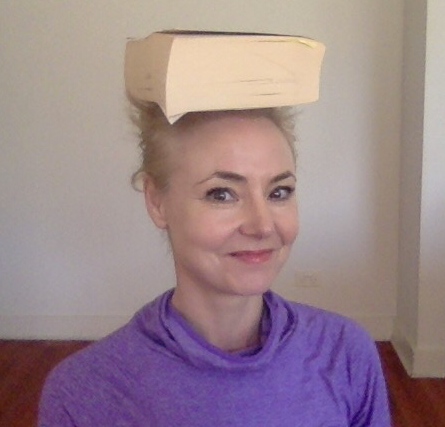
Mobility - Lets move and groove
Mobility is not a glamorous topic by any stretch. It doesn’t sound cool and tough like weightlifting for gainz, crossfit, marathon running for dummies, or the ultimate weightloss diet…..BUT….we sure know about it when we don’t have it, whether through injury, age, or natural selection.
Anytime our mobility is challenged….and it will be challenged at some stage….life gets hard….often a lack of mobility also has pain attached to it…and when that happens it is just natural to avoid the pain like the plague or stepping in dog poo and the local dog park….you know its there and you have no intention of going near it!
Unfortunately avoiding pain, or avoiding any motion will cause tissue fibres to build up in the area which makes subsequent movement there a bit harder, then bit harder…until…..ever noticed those people that walk with a bit of a limp or can’t turn their head around?…that may even be you….poor mobility means the body will adjust accordingly and a new style of walking or turning your head will develop as you basic motor pattern….the body’s natural, subconscious go to movement. Once learned, the only way is unlearning and reforming a new skill, which may be as simple as walking straight and tall. Very unglamorous, but if you can’t walk straight, then other patterns change that incorporate walking, shopping, sitting, standing, making dinner in the kitchen. All these moves will have adjusted to cope with the limping walking pattern, and in a few years you will be forward leaning, turtle necked with chronic neck, shoulder, hip, back, knee, foot pain……
I wonder why?…. hmmmmm …...
The Why
Our joints are contained in a fibrous tissue sac called a joint capsule. This capsule is filled with synovial fluid that provides lubrication to the tissues inside. When a joint becomes immobile the fluid can build up and the tissue inside can’t move properly. This can lead to cartilage breakdown, tears, sharp pain, swelling, inflammation and so on
Not only do the joints suffer with lack of mobility but so does the musculature. The muscles are really a fibrous tissue thats surrounded and connected to your body by a honey comb like web called the fascia (check my Fasica blog for more information).
When a joint or muscle becomes immobile the body starts to compensate and use the joints and ligaments above and below to take up the slack and perform actions they were not really created to do. Like a cyclist’s knee doing an odd in and out movement which is caused by a faulty hip pattern. They may experience knee or back pain from this and focus on fixing that over and over again, not realising the actual cause of the knee pain is from a lack of external rotation in the hip. Its interesting isn’t it. The pain you feel is probably caused by another area and not the one you think it is.
What is mobility really?
Mobility is your ability to be able to move your body and limbs freely and painlessly through your desired movement. Pain is actually a good thing. It is the body asking you to stop a motion that is dysfunctional. You weren’t born dysfunctional in this way (most of us, so its a clue
Imagine that! Painless, free movement.
Just imagine your life, for a moment, if you were able to not have to think about aches and pains and just do what you wanted to do. You move free and there is no compromise you need to make to pick up rubbish from the floor, garden, play with the kids and grandkids.
Ahhhhhh…what a dream........
......... Ever watched a dog or cat stretch?
The animal world stretches without thinking. Make it a goal today to notice a cat, dog, bird, etc. Watch it stretch effortlessly. We can learn so much from these lovely animals.
So, when you stretch…in fact, do it now. Grab the kitchen counter and stretch your arms, back, legs, or do the moves in the video below
...... Do you feel good? Do you feel looser?
As you get older, if you haven’t worked on mobility your body will tell you all about it. It not only affects your ability to move but also your mental health. Studies have shown improvement on depressive states with specific movement and patients with Parkinson’s and alzheimers have also shown marked improvement with moving their bodies in full range. Mobility also is correlated with longevity and balance control, shown here, here and here
What can you do?
Start mobilising now, even if you are young and aren’t feeling sore, stiff or in pain. Studies show physical exercise will keep any future movement disabilities at bay. Here is a study showing regular physical activity in your 40’s can lead to a decreased risk of developing issues like osteoarthritis.
Make sure you move in fullest range you are capable of in each joint, ie; ankles, knees, toes, hips, fingers, spine, shoulders, wrists, head. The human body was created to reach, extend, grab, push, pull and rotate in many ways and if we don’t work on keeping these abilities, we will lose them. Pending on your current status, this preventative or remedial measure will be one of the best investments you could ever make for your body’s health, PLUS, you KNOW how good you feel afterwards.
Obviously someone like myself can help and diagnose faulty movement patterns in a person and recommend what to do specific to your condition, but thats not always possible and affordable for people. So let me give you some ideas.
Everyday
Start while you are still in bed or just out of bed.
Either on an empty stomach or after a glass of water.
Stretch and wriggle your:
- Toes
- Feet
- ankles
- Knees
- Hips
- Lower back
- Twist your back
- Waist
- Shoulders
- Elbows
- Wrists
- Neck
- Head
- Stretch to the ceiling
I have posted several other videos to facebook and YouTube. Have a look at those for ideas. My videos are aimed at those needing help and potentially haven’t got a lot of mobility. Feedback is very welcome, they are unavoidably amateurish at the moment, but I’d love to adjust the content to suit you.
Have a wonderful and movement filled day :-)
Posture Perfect
Who here has tight shoulders?
Maybe headaches?
..... Backpain?
.............. Just plain tired?
(Who doesn't)
Now ...
FREEZE!
…….yep just hold still, don’t move for a moment. I want you to cast your mind around your body and notice where your head is relative to your neck. From there, note where your back is, shoulders forward?, spine shape maybe curled, tummy out (ooops bet it went in just then!).
So take note of these areas and lets move one.
Whether you are reading this, sitting or standing, position you are currently in is one you would be revisiting dozens and dozens of times during the day. Day in day out, month, year in and out. This is your natural, go to, learned position. Our body tis such an amazing machine that it will accept being pout in any position pretty much and try to work with that. Even if the spine is being compressed in an awkward way that stops the fluids passing through well. Even if we are hunched over and putting pressure on the internal organs that isn’t best for them to work perfectly in keeping the body alive and thriving. If stressed, and the above causes stress, the body will just focus on survival and sacrifice what it needs to to ensure that. Its pretty impressive really, but unfortunately we can cause the body angst in its normal functions and not even realise we are.
Posture affects everything:
Digestion (the organs are not squashed in a hunched seated position and are able to freely move the food through the digestion pathways)
Deeper breathing ( as the diaphragm is not squashed in)
Blood and oxygen circulation and most of us are less than optimal with it. Fortunately its a simple thing to adjust, and it all starts with the head. Place that in the right position and it will start straightening the entire body immediately.
Less wear and tear (=pain) on the muscles, ligaments and joints, when pressure is paced on them in a sub-optimal position. This doesn't just mean weight lifting poorly, this means carrying shopping, picking up kids, gardening, housework. All those things place weight strain on the body, which is fine when the body is in alignment.
Less depression and fatigue. Not only does good posture take away a huge amount of pain you may think is just normal everyday aches you suffer through but it also gives a psychological benefit. Positive, happy people stand straighter, sadder ones slump. Sit or stand straight, breathe deeply and see how you feel. Good huh!? In fact just that simple change is one of the recommendations made for people who are depressed to help alleviate their mood. It works.
You can cope with pain better. This study showed that a good posture helps cope with pain. So chin up when you are feel physical or emotional pain. It also showed that if we coddle and dominate people too much it reinforces a submissive "curled in" posture which did not help the recipient deal with their issues better, it made it worse for them. So uncurl and stand tall with a deep breath.
More energy. Because you are in a better position the body doesn't have to work as hard to support you with your everyday movements. The result is less fatigue and more energy.
You look better. You really do :-)
Do you have any weights?
Pick up a 5 kilo weight (11lbs)
Thats how much your head weighs on average. Thats how much weight this slender rod called our spine, has to hold. You can understand why the spine is curved can’t you, as a curved structure holds weight easier than a straight one. So we want curves in the spine, but not over done 🙂
Now not only is it 5 kg’s when sat directly on top, but when we lean the head forward, the angle of the lean markedly increases the load, it can from your neck feeling 5 kgs of weight to a huge 25kg (60lbs).
Wow….
https://www.lifehacker.com.au/2014/11/this-is-what-looking-down-at-your-mobile-phone-does-to-your-spine/
Remember the old, book on the head and ruler down your back to sit and stand tall? Not so silly really….
Case Study
Have a look at my photos below. A bit amateurish but I think you can see, first with the straightened one, How the head is stacked on top of the neck, which stacks on the tailbone and the line continues down (ideally pretty straight), to my feet. Now Its still not perfect. I had hoped to show you the perfect posture but I can see my mid back is not activated properly as my shoulders are slightly forward and palms are not forward facing.
I'm still working out how to edit photos!
Now have a look at my other posture, here I feel relaxed and pretty normal, but look at how bent I am. Head is forward, the yellow lines show the angles, turtle neck is starting, shoulders forward, chest caved, belly sticking out, hands are in a forward position with the palms facing back and my back is swayed naturally, and now even more so. I was impressed that my legs were fairly well stacked under, but what you can’t see is my knees are compensating naturally by becoming more knocked. The body responds to being put in this posture daily by tightening areas and weakening others from our neck, back, hips, thighs, calves and feet
A recipe for chronic pain if I ever saw one!
Just standing straight is terrific, BUT your muscles have had to compensate for so long they don’t know what to do anymore. They need to be reminded and retrained, stretch the over tightened muscles and strengthen the postural lax ones, otherwise you have nothing solid holding you in a better position, just sheer willpower.... until you are distracted, ....... oh look, a facebook message……..
…..hmmm mmm...
…..ooops…….where was I?
A recent study of adults aged 60-89 showed poor posture correlated closely with poor balance and falls....
“This research shows, though, that posture does in fact seem to hold great significance in terms of healthy living especially for geriatrics. Increased thoracic kyphosis leads to numerous problems including a higher risk for falls.”
... and that ....
... posture correction strategies worked to stop it!
A study first, in 2016, showed a direct link to the effect poor posture had on decreased cognitive function in older adults (50-89). They found that a forward head and neck lean was associated with decreased verbal memory function and high BMI with low ‘get up and go’ was associated with poor movement and visual coordination.
“Upright posture and mobility were associated with different cognitive processes, suggesting different underlying neural mechanisms. These results provide the first evidence for a link between postural alignment and cognitive functioning in healthy older adults.”
The American Posture Institute (theres actually and institute for it!) lists the following consequences of poor posture:
- Decreased Life Span (up to 14 years).
- Headaches.
- Chronic Fatigue.
- Neck & Back Pain.
- Increased blood pressure.
- Digestive Problems.
- Problems Sleeping.
- Circulatory Problems.
- Respiratory Issues.
- Increase in Falls.
- Vertigo/dizziness.
- Attention/concentration problems.
- Muscle fatigue.
- Decrease in overall health.
- Spinal degeneration.
- Arthritis.
- Herniated discs.
- Sciatica.
- Knee and ankle problems.
- Carpal Tunnel.
- Plantar fasciitis.
- and a partridge in a pear tree
Takeaways
Try Dancing
Recently the Queensland Union Technology and Queensland Ballet did a study showing, amongst a variety of benefits that dancing greatly benefited posture. Have a look at the study here.
Incorporate Yoga and Pilates
Add yoga AND pilates moves in your everyday routine. Your body needs the strength and flexibility it will gain from these types of exercises, plus you get fantastic body awareness from any exercise.
Lift Weights
OK I'm biased but weight lifting will lock in your new posture so well and works beautifully with yoga, dancing, pilates, anything. Just please have your form checked. No point doing the weights with poor form, thats a disaster!
At Home
- Pull your chin in, not up (triple chin at least)
- Shoulders are lowered and tensed around the shoulder blades
- Chest gently elevated
- Belly button pulls into spine with the pelvic floor tightened
- Bottom is tucked under after the above
- Feel the hips open, this widens the knees
- Place each foot under the corresponding hip bone
- Take a deep breath through the abdomen
- Check yourself in the mirror
OR
Have a look at the couple of videos I have linked below, they give a few examples of what to look at and try. If you have a trainer, get them to have a look and they can advise you exactly what you need to do to align properly.
If all else fails.....
grab a thick book, pop it on your head and walk around for a while.
Is my pony tail helping me?





